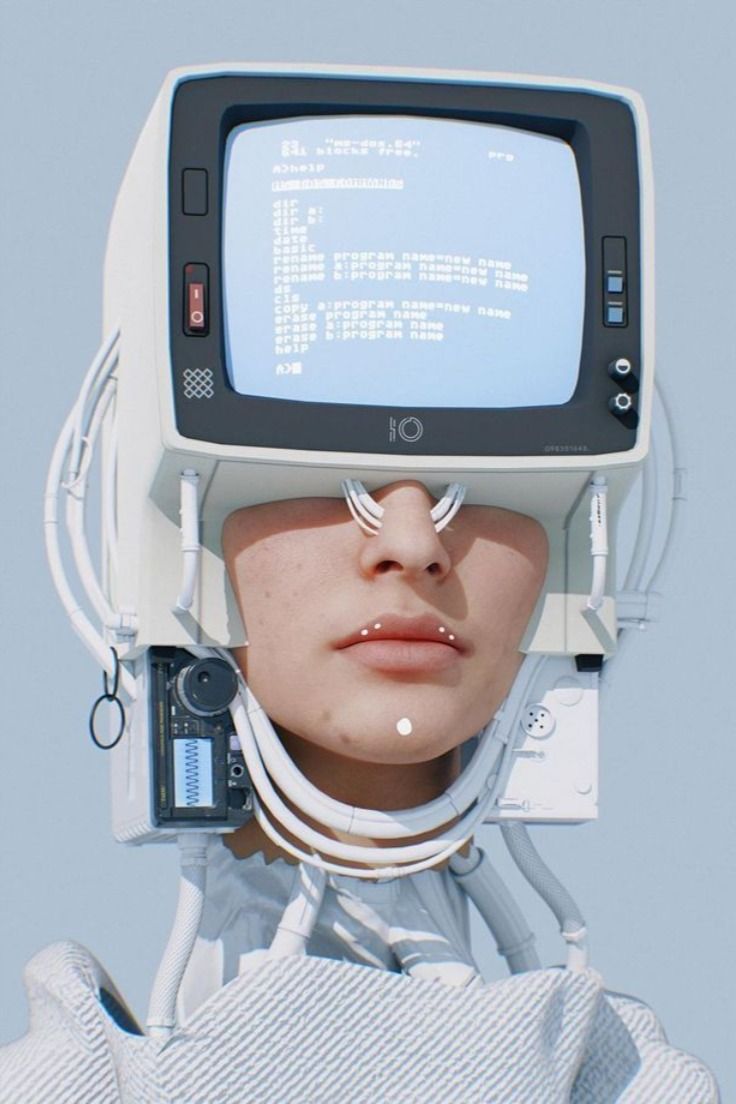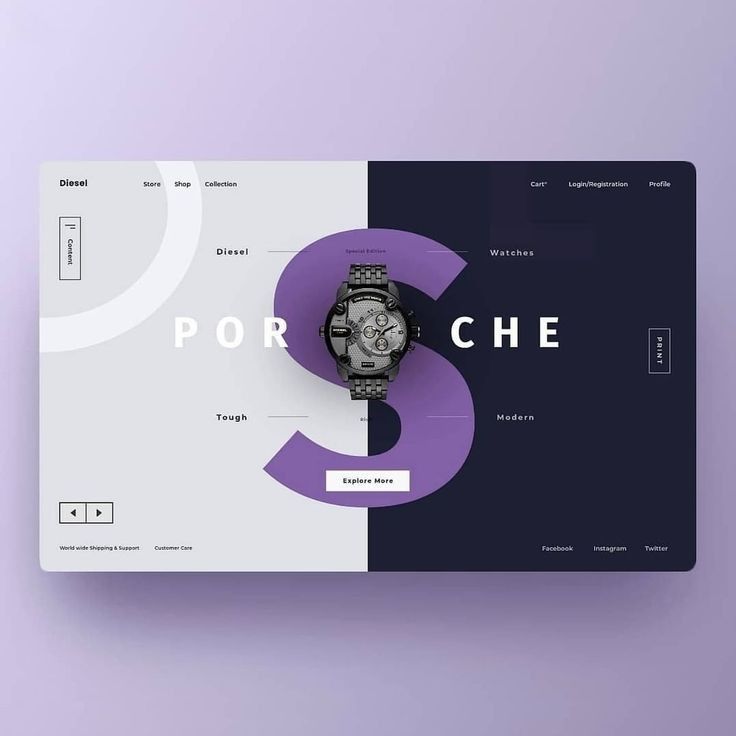Artificial Intelligence (AI) is one of the hottest and most transformative fields in technology today. From powering self-driving cars to recommending your next Netflix binge, AI is everywhere. But when people think about learning AI, a common question arises: Is AI very tough to learn?
The honest answer is: It can be challenging, but it’s not impossible—especially if you take the right approach and stay consistent. Let’s break it down.
1. What Does Learning AI Involve?
AI is a broad field, and learning it often includes:
-
Mathematics (especially linear algebra, calculus, and probability)
-
Programming (Python is the most commonly used language)
-
Machine Learning & Deep Learning
-
Data Handling & Analysis
-
Neural Networks & Algorithms
-
Tools like TensorFlow, PyTorch, and Scikit-learn
This might sound like a lot, but you don’t need to master everything overnight. The key is to start small and build up step by step.
2. Is AI Only for Math Geniuses?
No! While having a basic understanding of math helps—especially in machine learning—you don’t need to be a math wizard. Plenty of beginner-friendly resources explain AI concepts in simple terms, often using visualizations and practical examples.
If you’re comfortable with high school-level math and are willing to put in some effort to learn the rest, you’re already on the right track.
3. What Makes AI Challenging?
Here are some reasons why AI may seem tough at first:
-
Complex Concepts: AI involves abstract ideas that can be hard to grasp initially.
-
Fast-Evolving Field: AI is constantly changing, so staying updated can be overwhelming.
-
Need for Practical Skills: Knowing the theory isn’t enough—you need hands-on experience with data, models, and real-world problems.
But the good news? These challenges are manageable with the right mindset and resources.
4. What Makes AI Learnable?
Despite the challenges, AI is learnable—even for beginners—thanks to:
-
Free and affordable online courses (Coursera, edX, Udacity, etc.)
-
Interactive platforms like Kaggle, Google Colab, and GitHub
-
Supportive communities on Reddit, Stack Overflow, and Discord
-
AI tools and libraries that simplify coding and model building
You can begin with basic Python programming and gradually move into machine learning and AI projects.
5. Tips for Learning AI Effectively
-
Start with Python: Learn the basics of Python, since it’s widely used in AI.
-
Take a beginner-friendly AI course: Choose one that balances theory and practical application.
-
Work on small projects: Try simple AI tasks like image recognition or chatbots.
-
Join AI communities: Collaborate, ask questions, and stay motivated.
Conclusion: So, Is AI Very Tough to Learn?
AI is not easy—but it’s definitely learnable.
Like any skill, it requires time, patience, and consistent practice. If you’re curious, enjoy problem-solving, and are ready to invest in learning, AI can be one of the most exciting and rewarding paths to pursue.
So don’t let the complexity scare you—start small, stay curious, and keep building. The future of AI needs passionate learners like you.
Ready to begin?
Try beginner AI courses like “AI For Everyone” by Andrew Ng or dive into Python and machine learning basics with hands-on projects.










